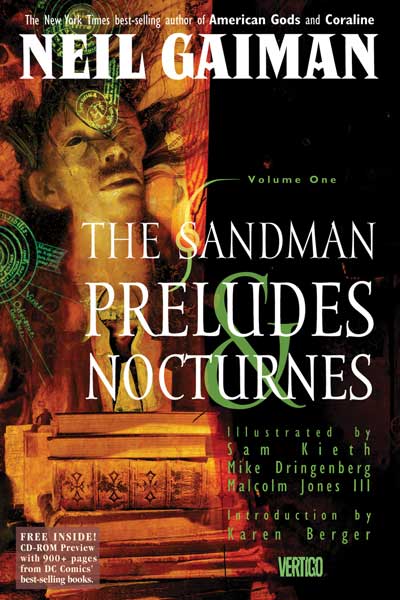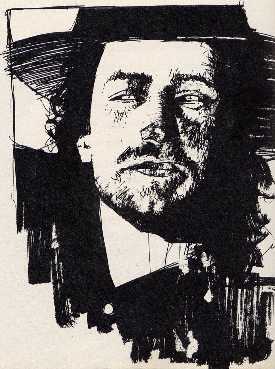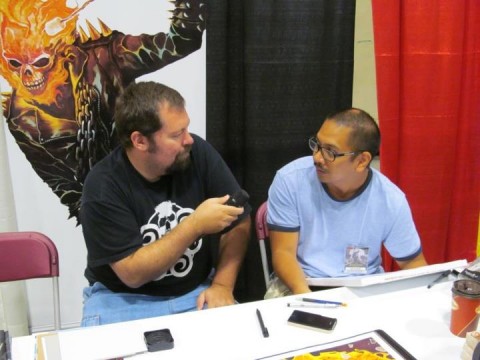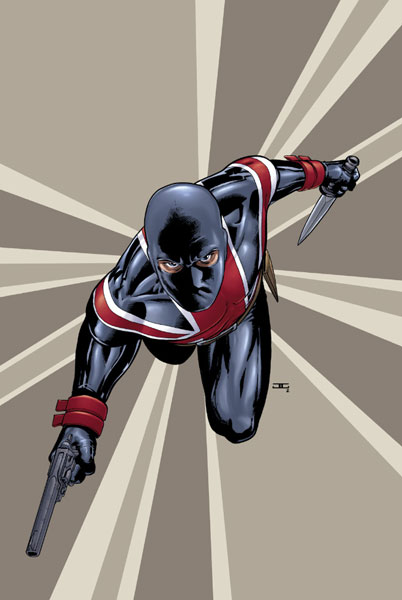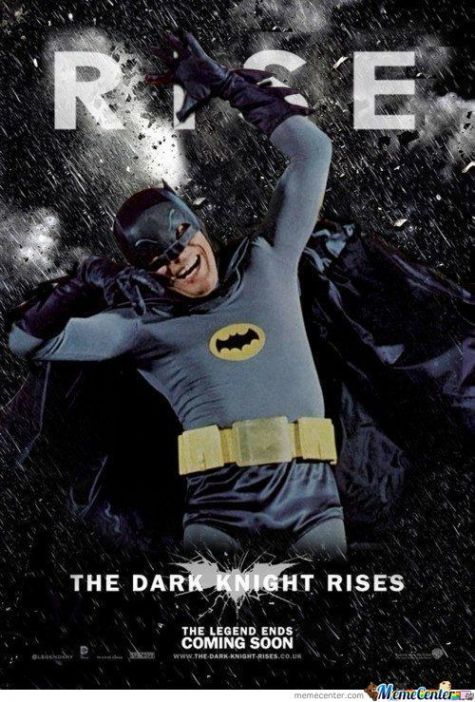I’m not quite sure how old I was, somewhere around twelve maybe, when I first discovered Neil Gaiman’s Sandman. TVO used to have this awesome show called Prisoners of Gravity which looked at themes and topics connected with fantasy, sci-fi and comics so Sandman popped up a lot. To be honest, I first gravitated towards it because in my mind, it was a hip comic, older sophisticated goth chicks would like it (which many did) and wanting to bag one of those said goth chicks (which I never did), I figured I should be reading this.
But a funny thing happened when I started to read the first collection called Preludes and Nocturnes. I learned how well a comic book story could be crafted.
The Sandman is above all else a story. In fact a lot of the stories in the story are about stories. And no, I’m not making that up.
While The Sandman is one of those seminal comic book works like The Dark Knight or Watchmen, I’ve become aware there are a lot of people out there who have never read it. Some just haven’t gotten around to it, others are intimidated by the number of volumes in the series.
Well fear not, because it’s time for Sandman 101, a good primer for all of you thinking about reading the series and for those of you who have read it, I might have a couple tidbits you were unaware of.
The General Plot
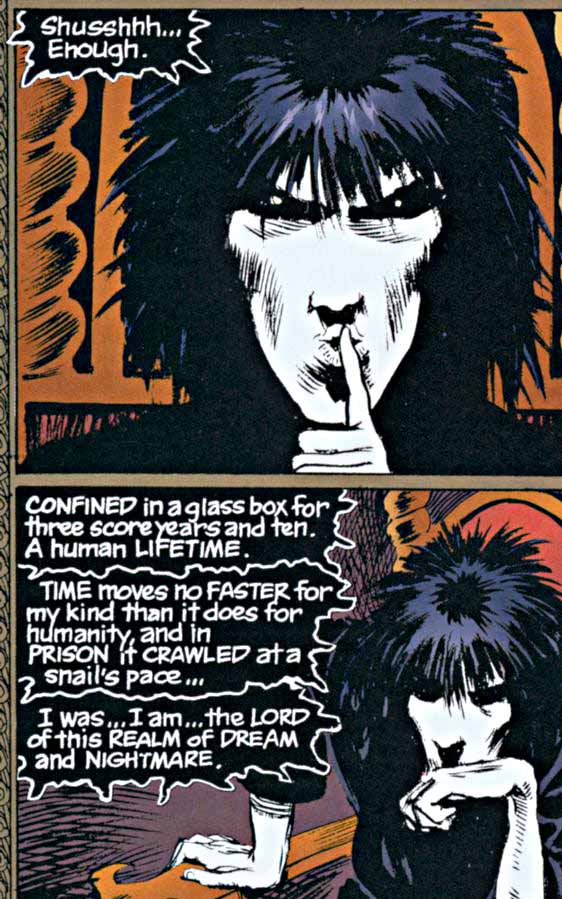 The Sandman follows er..well…The Sandman and his family. His name is Dream and he’s a member of a family of beings that are above gods called The Endless. From oldest to youngest, The Endless are Destiny, Death, Dream, Destruction (who is missing for a good portion of the series), Desire and Despair (who are twins) and Delirium who used to be Delight. Their names represent their general functions in the universe and according to Gaiman, the fact that they all start with D is pretty much coincidental.
The Sandman follows er..well…The Sandman and his family. His name is Dream and he’s a member of a family of beings that are above gods called The Endless. From oldest to youngest, The Endless are Destiny, Death, Dream, Destruction (who is missing for a good portion of the series), Desire and Despair (who are twins) and Delirium who used to be Delight. Their names represent their general functions in the universe and according to Gaiman, the fact that they all start with D is pretty much coincidental.
Dream is the shaper of dreams and nightmares and for a good portion of his existence until the mid 80’s (which we’ll get to) he was a bit of a dick to a lot of people, places, things, creatures and stuff. He’s a being that has made a lot of enemies. And then he is accidentally captured in 1916 by a group of magicians (they were trying to capture his sister, Death). He is imprisoned until he escapes in 1988 and he goes about rebuilding his domain, repairing the damage done in his absence and setting some old wrongs right.
A simple enough sounding concept but Gaiman and the numerous artists that worked on the series did so much with it and created something utterly magical. Because a majority of the series involved dreams and dreaming, almost any story could be written. Horror, fantasy, comedy, even bits of history lessons are used. The supporting cast is strong and you want to know more about them, not only Dream’s brothers and sisters but characters like Caine and Able and Mervyn Pumpkinhead (a personal favorite of mine).
Obstacles
There are two main obstacles one must overcome when reading The Sandman for the first time. The first is the first storyline, Preludes and Nocturnes. Preludes and Nocturnes is a good start for any comic series but it is a bit wobbly. Part of that is due to getting some specifics down in terms of a later story and part of that is due to the fact Neil was convinced they’d run for six or eight issues and that would be it.
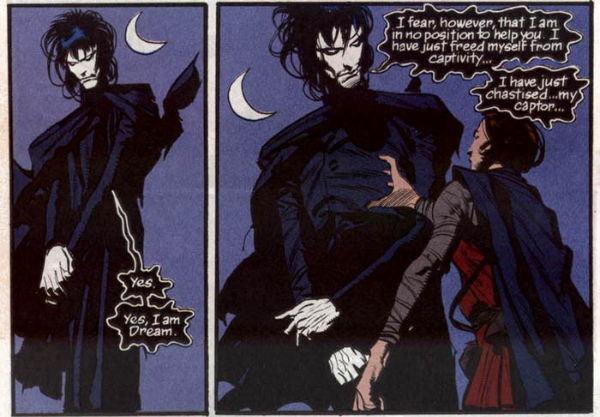 The other thing you have to get over is the fact that art style can change a huge amount from book to book. The only art that was consistent was Dave McKean’s covers. Sam Keith was the first artist (in a style completely unlike what he now uses) and left because he felt “like Jimi Hendrix in The Beatles”. Next came former inker Mike Dringenberg (where has that dude disappeared to?) and then a cavalcade of others like Chris Bachalo, Mike Zulli, Charles Vess, Kelly Jones, Matt Wagner, George Pratt (btw DC, reprint his Enemy Ace book), Bryon Talbot and on and on. If there is ever a hall of fame for comic book artists, there’s a good bet that many of my era’s inductees worked on the book. That being said some of the transitions can be very jarring. Like from World’s End to the Kindly Ones is a real dramatic change in styles. But trust me, the art may not always be to your tastes but the story will be.
The other thing you have to get over is the fact that art style can change a huge amount from book to book. The only art that was consistent was Dave McKean’s covers. Sam Keith was the first artist (in a style completely unlike what he now uses) and left because he felt “like Jimi Hendrix in The Beatles”. Next came former inker Mike Dringenberg (where has that dude disappeared to?) and then a cavalcade of others like Chris Bachalo, Mike Zulli, Charles Vess, Kelly Jones, Matt Wagner, George Pratt (btw DC, reprint his Enemy Ace book), Bryon Talbot and on and on. If there is ever a hall of fame for comic book artists, there’s a good bet that many of my era’s inductees worked on the book. That being said some of the transitions can be very jarring. Like from World’s End to the Kindly Ones is a real dramatic change in styles. But trust me, the art may not always be to your tastes but the story will be.
Beyond that, there isn’t much in your way. The series is not nearly as big as you may think it is. Over the years, numerous spin-off mini-series, monthlies, one shots, etc have appeared. Concentrate on the Neil Gaiman written material first. In fact you can even narrow that down to the Neil Gaiman Sandman material. The Death mini’s are great but not necessary to read right off that bat.
And for you DC heads, don’t worry where this fits in the DC universe. The easiest answer is, it doesn’t…but yet it does. DC characters have come in and out of The Sandman during it’s run. Martian Manhunter, Superman, Doctor Destiny have all made appearances.
Why The Sandman Is Worth Reading?
Let’s forget what everyone says about it for just a minute. At the heart of this series is a writer who is not only one of the best comic book writers of all time but one of the best writers of our generation. Every story is filled with many levels and bits and pieces, Neil obviously loves these characters and treats them well. And he wrote something for everyone. If you like horror, the first arc as well as Season of Mists are for you. If you like a bit of humor and a road trip, Brief Lives. Shakespeare? He’s all over the series.
If you are a writer, this series is a goldmine in so many ways. You can see how Gaiman’s style and approach evolve over the series. It also has a lot of tricks about layering stories. My favorite example is Destruction. He has given up his position in the Endless but if you look at the what he’s doing through Brief Lives, you see that sometimes you don’t have any choice in what you are.
As well there are a few artists you see evolve. Mike Zulli is probably the best example. From his first issue in The Dolls House to The Wake, the difference and improvement is amazing.
So there you have it, Sandman 101 in a nutshell.
Lingering Questions:
Is The Sandman related to Sandman Mystery Theater?
Sort of? In Preludes and Nocturnes, it’s mentioned that Dream’s imprisonment cause reality to try an fill the gap, one of which is with Wesley Dodds. Matt Wagner and Steven Seagle uses it as a bit of a jumping off point for their series. Beyond that the only other real iteration is in Sandman Midnight Theater which is sort of a crossover set during Dream’s imprisonment.
Is Dream Bono from U2?
Dream first appeared as Bono from U2… sort of. Dave McKean (who did some of the early Sandman concept work) first based Dream on Bono from a video by Irish group Clannad. But he was reworked and ended up the Dream that was in the first issue.
Is Delirium Tori Amos?
Delirium is not Tori Amos. In fact, artist Jill Thompson based a lot of Delirium’s movements and actions on herself when drawing Brief Lives.
Beyond The Sandman, what else should I read (spin off wise)?
Well this is a little trickier. Obviously I’d suggest Death: The High Cost of Living and Death: The Time Of Your Life along with The Dream Hunters and En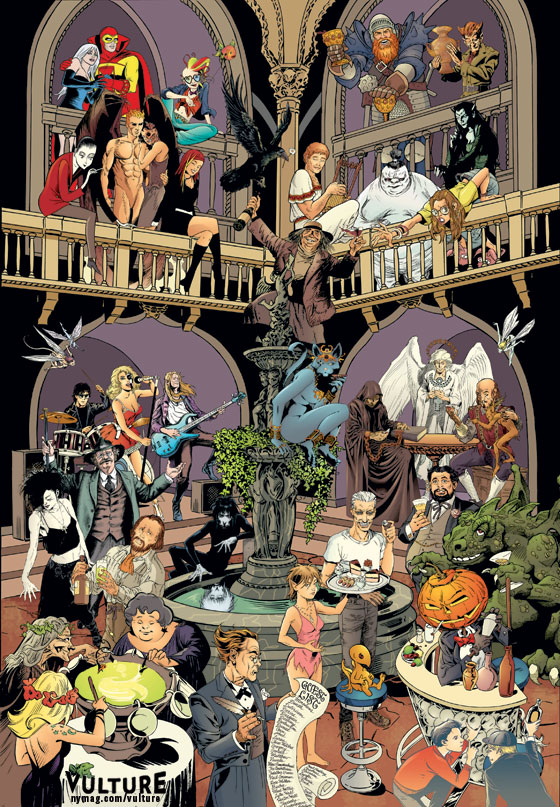 dless Nights. All of the Neil Gaiman written spin offs are worth picking up. Beyond that, I rather like Sandman Presents: Dead Boy Detectives written by Ed Brubaker and drawn by Bryan Talbot, it’s very much a supernatural Hardy Boys comic. Beyond that, it really comes down to personal tastes. A lot of Sandman fans went on to Mike Carey’s Lucifer series due to various similarities in the two series. Personally, I couldn’t get into it but that might not mean you can’t.
dless Nights. All of the Neil Gaiman written spin offs are worth picking up. Beyond that, I rather like Sandman Presents: Dead Boy Detectives written by Ed Brubaker and drawn by Bryan Talbot, it’s very much a supernatural Hardy Boys comic. Beyond that, it really comes down to personal tastes. A lot of Sandman fans went on to Mike Carey’s Lucifer series due to various similarities in the two series. Personally, I couldn’t get into it but that might not mean you can’t.
The real successor to The Sandman series is actually Neil’s novel, American Gods, where he expands a bit more on the god themes. And it’s a damn good read.
Brent Chittenden is a Canadian freelance writer who also happens to write humorous things for Bite TV’s blog. If you have need of his services you can reach him at [email protected], twitter at @BCNerdhole and his podcast Two Assholes Talking About Nerd Stuff. Feel free to become a fan of him at his Facebook group Brent Chittenden: The Writer.

